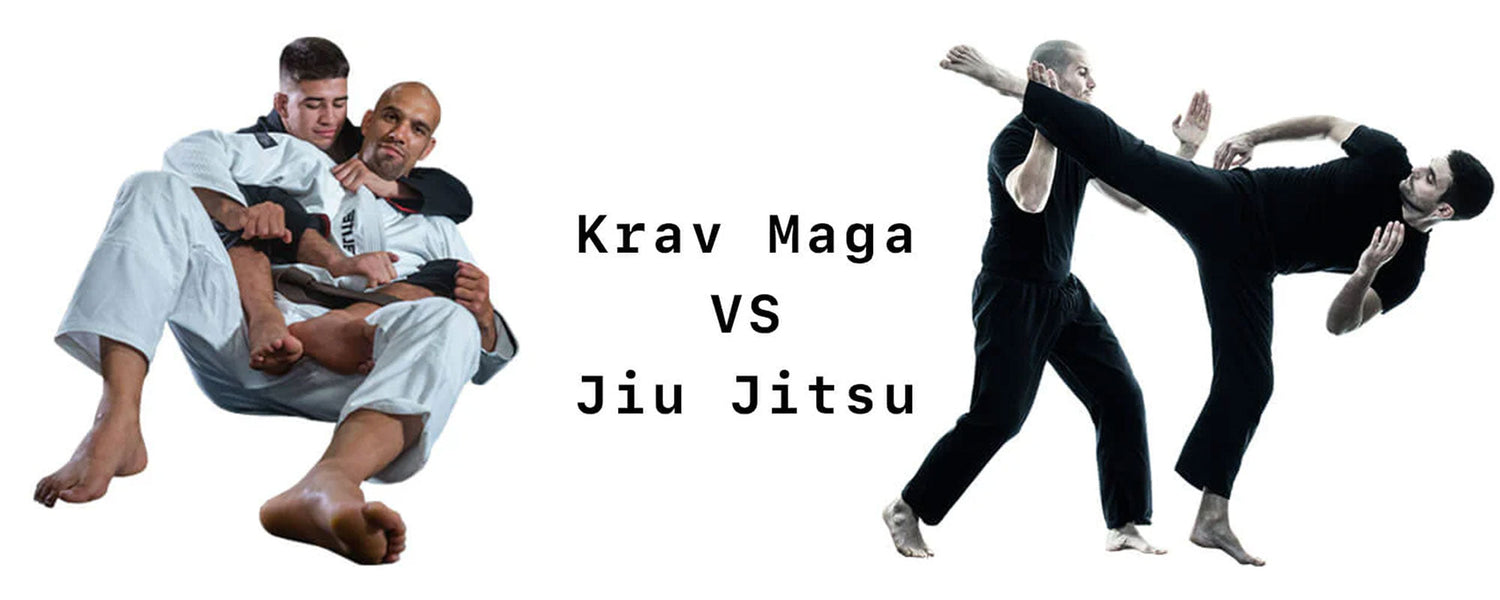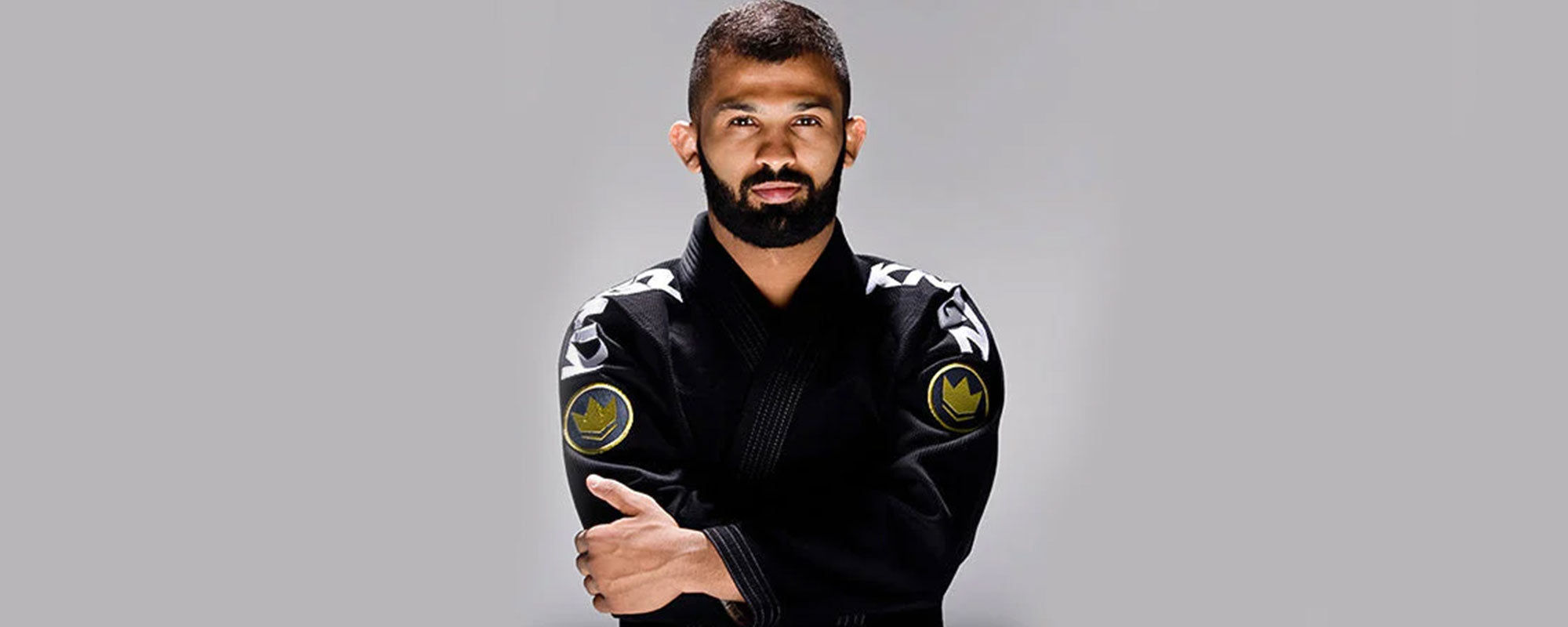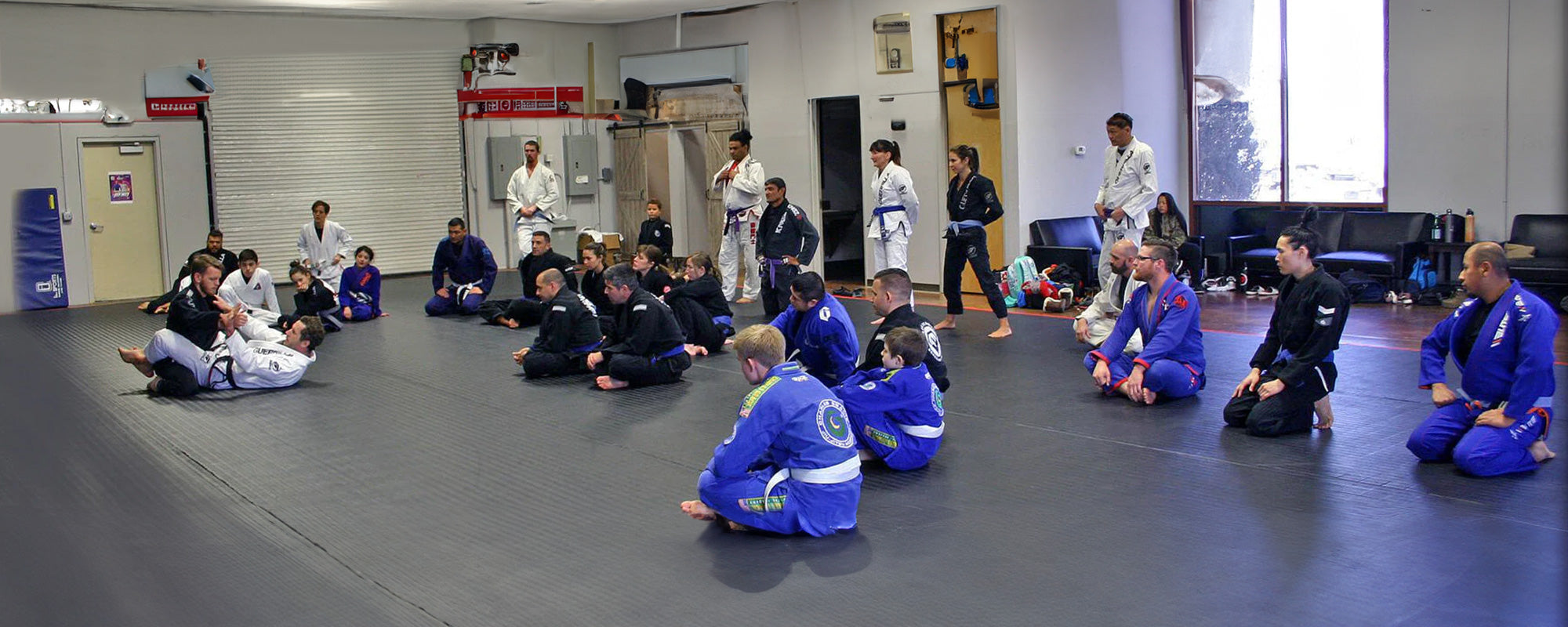Table of content
1. History of Krav Maga
Krav Maga is developed on the philosophies of offensive and defensive maneuvers which are exercised in the military to promote aggression and immobilize the opponent. Krav Maga is a Hebrew word that translates into “ Contact Combat”. It involves deadly methods and instinctive no-hold-barred approaches to seize opponents and repel the attacks. Krav Maga techniques are derived from other combat sports like aikido, boxing, Judo, karate, Muay Thai, and wrestling.
Imi Lichtenfeld is considered the founder of Krav Maga. Lichenfeld was regarded as a competent wrestler, boxer, and gymnast in history. He fought and won many medals on the national and international levels. To save his people from the cruelty and injustice of the anti-semitic group he took an initiative to teach his talents, gifts, and skills to the people of the Jewish community for self-defense. From there, he explored the key differences between sports martial art and ordinary street fighting. You will find a clear difference between military Krav Maga and citizens’ Krav Maga practices.
2. History of Jiu-Jitsu
The history of BJJ is quite interesting. It originated in Japan when a Japanese samurai found himself disarmed in a battle. In that vulnerable situation, some techniques and methods were required in the absence of weapons for self-defense. At that time fighters introduced many methods which kept on changing with the passage of time and need. Now it is termed a “grappling art” which consists of chokes, strangles, and joint locks.
Brazilian Jiu-Jitsu school was started by George Gracie’s son Carlos in Brazil. Carlos soon realized that some of the judo techniques are not effective due to the difference in practitioner's size and strength. From then, they worked on refining the grappling techniques so they can be easily executed regardless of the size and strength of the opponent.
BJJ’s popularity keeps on expanding in the form of championships and with an increasing list of world-class grapplers. The reason behind all this acclamation is the formation of an effective non-aggressive self-defense system.
3. Key Differences Between Krav Maga and BJJ
Let's explore the key differences between Krav Maga and BJJ self-defense systems.

3.1. Combat Sports and Close Combat
The main difference you can point out in both combat sports is that jiu-jitsu is a grappling sport and Krav Maga is a close-ranged combat system. Jiu-Jitsu is considered a more technical sport that aims to force the opponent to submit via choke holds and joint locks.
Krav Maga with no rules and regulations is focused on defeating the opponent. All your success depends on your agility, practice, and how efficiently you execute your techniques.
3.2. Techniques
Krav Maga is based on aggressive offensive and defensive techniques. Offensive moves consist of striking, kicking, punching, take-downs, and elbowing and defensive moves consist of grappling, escaping from chokes and holds, defense against multiple attackers, and disarming the opponent. Attackers with weapons like knives, guns,s or a rifle can be immobilized with Krav Maga techniques. In addition to this, Krav Maga techniques improve your balance against the attacker. There are more than 200 techniques in Krav Maga for self-defense. The basic Krav Maga techniques are:
- Groin kick
- Seize an outside strike
- Escape a bear hug
- Escape a two-handed choke from behind
The speed of natural response and impactful hits matter in the application of Krav Maga techniques.
On the other hand, Brazilian Jiu-Jitsu focuses on ground techniques to mount the opponent. The fighter is nailed to the ground with techniques like chokeholds, joint locks, and strangulation. Contrary to Krav Maga, Jiu Jitsu follows a strict set of rules for making sure either of the practitioners must not get hurt. This combat sport contains nearly 600 techniques to control the opponent. The basic Jiu-Jitsu techniques include positions, movements, and submissions.
Positions:
- Guard positions
- Mount position
Movement:
- Bridging
- Shrimping
- Escape
- Transitions
Submissions:
- Triangle
- Armbars
- Chokes
Most Krav Maga techniques are prohibited in BJJ, some of those are eye-striking, throat cuts, and groin strikes.
3.3. Sparring
3.4. Gyms and Schools
Normally BJJ classes last from 1 to 2 hours. The class is further split into:
Warm-ups:
The main aim of warm-ups is to loosen up your joints with push-ups, sit-ups, burpees, and rolling. The warm-up time lasts for 10 minutes.
Drilling Techniques:
Sparring:
The duration of sparring and rolling rounds can last depending on the skill level of practitioners. In case, if a student forces submission to the opponent then the practitioner will repeat the sparring according to the instructions and given time of the coach.
The Krav Maga gyms and schools have the same pattern of classes.
Warm-ups:
This includes sprints, forward and backward running, burpees, and crab walks.
Technique:
The instructor will teach new techniques and their defending procedures to the students.
Simulations:
Skilled practitioners will spar with their partners. Multiple real-life scenarios will be created to learn the application of different defending and attacking techniques.
Cool down:
Cool down to relax your muscles and joints. This may include a light workout in the gym.
3.5. Clothing and Gear
For BJJ wearing Gi is required which comprises a jacket, belt, rash guard, spats, and headgear. It all depends on the athlete's interest whether he chooses Gi or No-gi Jiu-Jitsu. Krav Maga does not require a specific uniform. There is no specific training gear. All the practitioners require a set of comfortable clothes and shoes.
The other prominent difference between Krav Maga and Jiu-Jitsu is the philosophies on which both combats are built. Krav Maga uses weapons and BJJ is termed a ‘Gentle Art’ for people who want to learn self-defense mechanisms without the use of weapons or hurting the opponent.
The use of weapons is mostly preferred in the highest levels of Krav Maga.
3.6. Rules
There is a definite set of rules for BJJ kids and adults. Some of the techniques are considered illegal unless and until you reach a specific belt level. Striking is prohibited in BJJ.
Contrary to BJJ, there are no set rules in Krav Maga. Nothing is considered illegal or prohibited.
3.7. Grading System
Krav Maga's belt grading system is somehow similar to the Judo ranking system. You have to clear the test to achieve certification for the next level. By this method, you can attain the next level much more easily and quickly. As compared to BJJ, there is no such test. It all depends on your skills learned and on the decision of the coach involved in your training. Maybe that's the reason it takes so much time to reach a higher skill level in BJJ.

The time frame required to achieve the ranks in Krav Maga
Jiu-Jitsu Belt Ranking

4. Which One is Better for Self-defense: Krav Maga or BJJ?
Krav Maga and BJJ are equally known for self-defense. Both have strong defense strategies that are realistic to be applied in any hostile situation, however, Krav Maga is more effective in combat situations. BJJ training provides you with more control over your opponent regardless of their weight and height. Practicing Krav Maga can be more helpful in street fights when the attacker may use weapons. You will not feel helpless or annoyed when the attacker is armed. Both of them have different fighting styles but one focuses on how smartly and non-aggressively you can grapple your opponent and the second one uses aggression to offend or defend with or without a weapon. You need to set your priorities, if you want to learn self-defense and don't want to harm your opponent, then BJJ is a good choice. If you want to fight against the armed opposition and learn to win regardless of the repercussions, then Krav Mega can enable you to win against the armed opponent.
You must consider the following factors when deciding the best, Krav Maga or BJJ.
4.1. Analyze Your Personality
BJJ trains athletes and fighters to control their aggression and ego to maintain physical and mental control and tranquility under stressful situations. You need not be aggressive to take down the opponent. Instead, it requires your sharp mind, quick and timely application, and execution of techniques. Aggression may force you to submit or gas you out soon. Aggression targets your nerves and damaged nerves affect the mood, causing depression and anxiety in the long run.
In Krav Maga, a high level of reflexive aggression is required to stab out your attacker by striking his eye, throat, nose, or chest. It happens that most of the time people are unaware of their aggression, it grows with the Krav Maga training.
4.2. Consider Your Training
You have to decide the purpose of learning. Most of the BJJ schools in the United States teach combative self-defense or Gracie self-defense programs. The former focuses on BJJ training specifically for self-defense purposes and the latter trains you for competitions.
4.3. Know Your Body
Some people find Krav Maga hard because it’s specifically curated for the military and also implemented by military persons. Their body stamina and capacity are already built during military training. Krav Maga training requires agility, speed, and momentum to execute the techniques. Individuals with high skill levels and stronger and bigger bodies can capture or defend against the attack more easily as compared to the weaker ones.
On the other hand, BJJ athletes with small height and lesser weight have also proven themselves as good grapplers.
5. Does Krav Maga use BJJ Techniques
Krav Maga uses some of the BJJ techniques but Krav Maga mainly does not focus on ground fights. Some of the grappling methods used in Krav Maga are:
5.1. Stand up
Krav Maga does not focus on ground fighting. If they fall they technically stand up again to defend or attack the opponent.
5.2. HeadLock Escape
Krav Maga trains to escape from the headlocks on the ground. Imagine a child being bullied in a school on the ground. This technique helps to escape from the headlocks.
5.3. Ground Strikes
Krav Maga’s ground strikes are used to distract the opponent to find some space to stand up. Even these strikes can be used to neutralize the opponent.
5.4. Submission Escapes
The philosophy of Krav Maga does not include submission escapes as the founder Imi Lichtenfeld thinks that 99% of fighters do not use these techniques.
6. Cross Training In Krav Maga and BJJ
Cross-training in Krav Maga and BJJ can be beneficial when a practitioner with a grappling background wants to complement his Jiu-Jitsu knowledge for striking and combat environments. Technically, there are very bleak chances of incorporating the grappling technique of BJJ with Krav Maga, because as mentioned earlier the founder of Krav Maga believed that 99% of krav maga fighters don't use these ground grappling, and submission techniques.
The founder of Krav Maga Global, Eyal Yanilov Shared his views about cross-training in Krav Maga and BJJ:
“Cross training can be important and useful, but caution students to note the differences and contradictions with techniques learned in other arts and to ensure the goal remains self-defense and defense of loved ones”.













Leave a comment
This site is protected by hCaptcha and the hCaptcha Privacy Policy and Terms of Service apply.